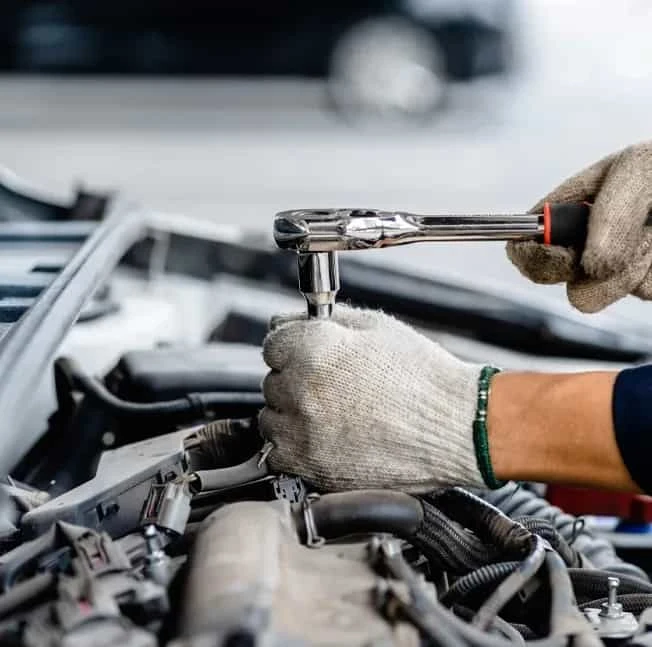ធ្នូ . 03, 2024 16:43 Back to list
Cylinder Rod Seal Wiper for Enhanced Performance and Reliability in Machinery
The Importance of Cylinder Rod Wipers in Hydraulic Systems
Hydraulic systems are integral to a wide range of machinery and industrial applications, efficiently transmitting power through pressurized fluid. Among the many components that ensure the smooth functioning of these systems, the cylinder rod wiper stands out as a critical yet often overlooked element. In this article, we will explore the importance of cylinder rod wipers, their functions, and how they contribute to the longevity and reliability of hydraulic systems.
What is a Cylinder Rod Wiper?
A cylinder rod wiper is a seal installed at the housing end of a hydraulic cylinder. Its primary role is to prevent external contaminants, such as dirt, dust, and moisture, from entering the hydraulic cylinder while simultaneously allowing the piston rod to extend and retract. The wiper makes contact with the rod as it moves, effectively wiping away debris that could potentially harm the internal components of the hydraulic system.
Functions of Cylinder Rod Wipers
The functionality of cylinder rod wipers is multi-faceted. Firstly, they provide a critical line of defense against contamination. Hydraulic systems operate under high pressure, and any introduction of foreign particles can lead to wear and tear, reduced efficiency, and even catastrophic failure. By preventing contaminants from entering the cylinder, wipers help maintain the integrity of hydraulic fluid, ensuring optimal performance.
Secondly, cylinder rod wipers contribute to the overall efficiency of hydraulic systems. The closer the seal fits to the rod, the fewer leaks occur, resulting in less fluid loss and more effective operation. This efficiency translates to reduced operational costs and improved energy consumption, which is particularly significant in large-scale industrial applications.
Additionally, effective wipers can also control fluid leakage from the cylinder itself. Although cylinder rods must be free to move, the wiper prevents excessive leakage that can lead to loss of hydraulic fluid and diminished system pressure.
cylinder rod wiper

Types of Cylinder Rod Wipers
Cylinder rod wipers come in various designs and materials, each tailored to specific applications. Common materials include polyurethane, rubber, and various elastomers, all chosen based on the operational environment and the specific characteristics of the hydraulic fluid being used.
The design of the wiper can vary from simple lip configurations to more complex multi-lipped designs. Each type has its own advantages depending on factors such as pressure, temperature, and the presence of abrasive or corrosive substances. For instance, multi-lipped wipers can provide superior sealing capabilities, making them suitable for demanding environments.
Maintenance and Replacement
While cylinder rod wipers are designed to be durable, they are not indestructible. Regular inspections are essential to ensure that they remain effective. Signs of wear include cracks, tears, or hardening of the material. When wipers are no longer able to perform their function effectively, they should be replaced promptly to prevent potential damage to the hydraulic cylinder and other components.
Proper maintenance of wipers involves more than just regular inspections. Keeping the area around the cylinder rods clean and free from contaminants can significantly extend the lifespan of the wipers and improve overall system performance.
Conclusion
In summary, cylinder rod wipers are an essential component of hydraulic systems, playing a crucial role in protecting the system from contaminants, enhancing efficiency, and preventing fluid leakage. Their significance cannot be overstated, as they contribute directly to the reliability and longevity of hydraulic equipment. By understanding the importance of these components and maintaining them diligently, operators can ensure the smooth and efficient operation of their hydraulic systems for years to come. Investing in high-quality wipers and adhering to maintenance practices is a proactive approach that pays off in the long run, safeguarding productivity and minimizing unexpected downtime.
-
TCN Oil Seal Metal Ring Reinforcement for Heavy Machinery
NewsJul.25,2025
-
Rotary Lip Seal Spring-Loaded Design for High-Speed Applications
NewsJul.25,2025
-
Hydraulic Cylinder Seals Polyurethane Material for High-Impact Jobs
NewsJul.25,2025
-
High Pressure Oil Seal Polyurethane Coating Wear Resistance
NewsJul.25,2025
-
Dust Proof Seal Double Lip Design for Construction Equipment
NewsJul.25,2025
-
Hub Seal Polyurethane Wear Resistance in Agricultural Vehicles
NewsJul.25,2025
-
The Trans-formative Journey of Wheel Hub Oil Seals
NewsJun.06,2025
Products categories
















